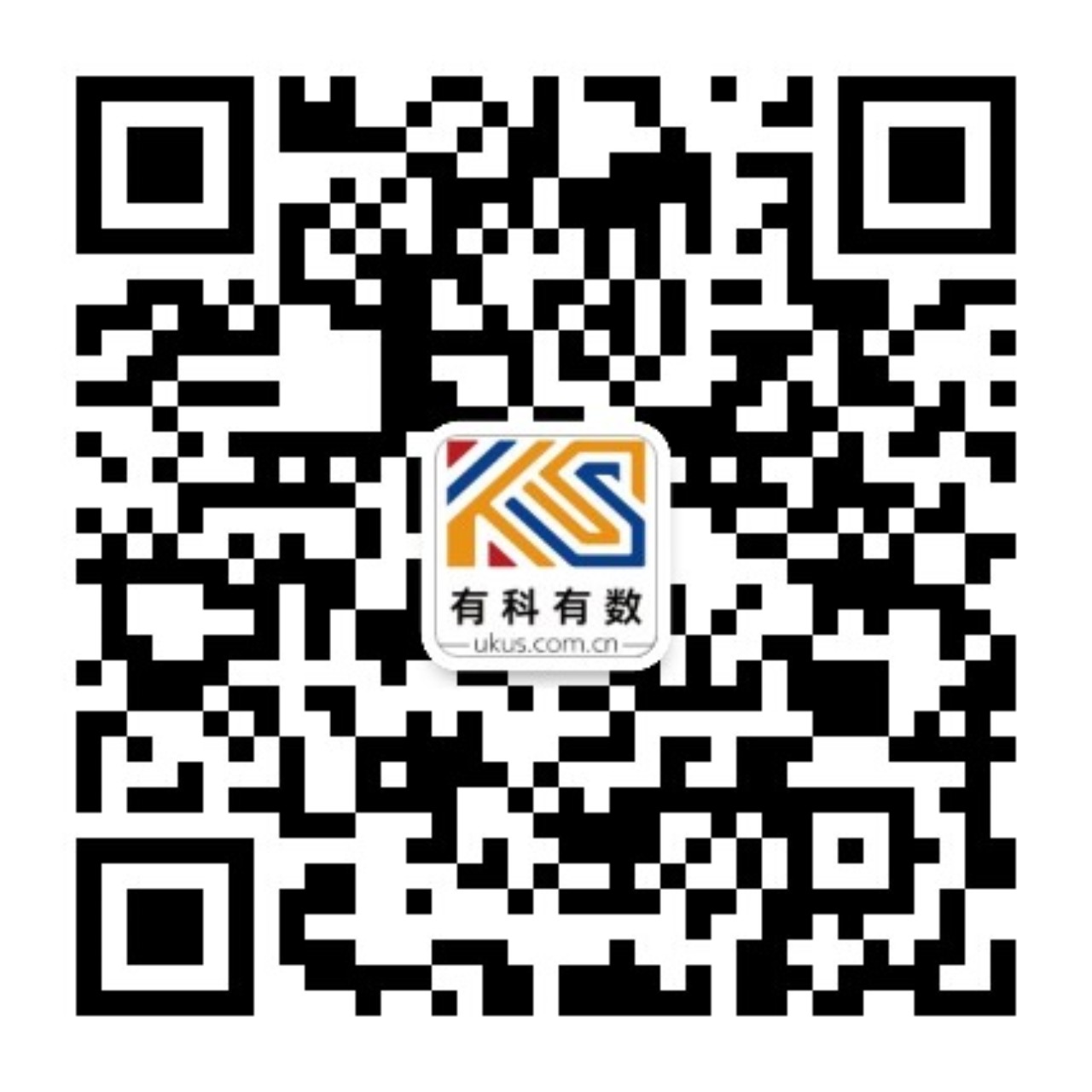Newest Articles
Science 347, 629–632 (2015) Nanoscale electronic devices dissipate heat in a non-homogeneous way, and local variations in temperature can substantially affect the performance of a device. Various approaches have been explored in the past to efficiently map the temperature of devices with high spatial resolution. However, methods based on contact thermometry can disturb the temperature of a device, and non-contact spectroscopic methods cannot achieve spatial resolution better than several tens of nanometres. Matthew Mecklenburg and colleagues at the University of California, Los Angeles and Lawrence Berkeley National Laboratory have now performed temperature mapping of an operating aluminium electronic device using a technique they term plasmon energy expansion thermometry. The technique is based on a scanning transmission electron microscope operated in electron energy-loss spectroscopy mode. By using the microscope to measure the energy needed to excite a plasmon (a collective electron mode) in the aluminium, it is possible to extract the local density. From this, the thermal expansion can be determined and hence the local temperature. With the technique, Mecklenburg and colleagues produce thermal maps of serpentine aluminium nanowire devices that had temperature gradients on a nanometre length scale (see image; the hottest regions are shown in yellow and the coldest in green; the diameter of the nanowire is around 100 nm). FP Phys. Rev. Lett. 114, 068301 (2015) Zebra stripes and leopard spots are but two examples of natural patterns that are the result of nonlinear biochemical processes. To explain this biological morphogenesis various models have been proposed, but designing networks of chemical reactions that can recreate such patterns in the laboratory remains a challenge. André Estevez-Torres and colleagues — at the CNRS in Marcoussis and the University of Tokyo — have now developed a simple experimental toolbox that allows them to create propagating chemical wavefronts that behave in accordance with the reaction–diffusion model that is normally used to describe biological morphogenesis. The system is composed of a DNA strand that hybridizes to a twice-as-long template made of two repeating units. Once the DNA hybridizes to either one of the units, an enzyme promotes the replication to the other template unit, thus forming a 2:1 complex. Finally, another enzyme disassembles the complex. The net outcome is the self-replication of the initial DNA strand. To test the approach, Estevez-Torres and colleagues built a linear reactor and filled it with all the reactants except for the DNA strand. On addition of the strand on one side of the reactor, a concentration wave propagates through the reactor to the other side. The researchers can control the reaction and diffusion rates independently, allowing them to design a more sophisticated version of the experiment in which two fronts propagating from each side of the reactor meet in the middle without perturbing each other. AM Angew.Chem.Int.Ed.http://doi.org/f23gms(2015) By encapsulating a liquid droplet in solid particles, miniature reactors can be created that are capable of carrying out a variety of processes, including the synthesis of nanocomposites and photochemical polymerizations. However, the applications of these `liquid marble` reactors are typically restricted to room-temperature reactions due to the difficulties involved in heating them. Xing Yi Ling and colleagues have now shown that graphene can be used to create heatable liquid marble reactors. The researchers — who are based at Nanyang Technological University, Fudan University, the Institute of Materials Research and Engineering, Singapore, and the University of Brunei Darussalam — created the graphene liquid marbles by rolling a microlitre droplet of water on a bed of pulverized graphene nanoplatelets. Then, by firing a laser at the marbles, the miniature reactors could be instantly heated thanks to the favourable photothermal properties of graphene; by adjusting the power of the laser, the temperature of the encapsulated water could be varied between 21 °C and 74 °C. To illustrate the capabilities of the reactors, Ling and colleagues show that the reaction kinetics of the methylene blue degradation reaction can be modulated and, compared with a reaction without photothermal heating, a 12-fold enhancement in reaction rate achieved. OV ACS Nano http://doi.org/2bn (2015) Sci. Transl. Med. 7, 273re1 2015 The camera, data processing and communication components in smartphones are increasingly being adapted for health applications. Friendly user interfaces, portability and decreasing prices mean that they can be a useful part of point-of-care devices for resource-limited places. Two independent research teams have now developed attachments for smartphones that allow expensive laboratory diagnostic tests to be done in minutes and at affordable cost. Warren Chan and colleagues at the University of Toronto combined batteries, laser diodes, lenses, filters and an assay chip in a plastic chassis, which could be mounted on the front a smartphone camera. The assay consists of wells loaded with different quantum dot barcodes — polystyrene microbeads infused with quantum dots and functionalized with a capture DNA sequence that binds target analytes. Detection occurs through a typical sandwich assay using a secondary fluorescently labelled probe. Using a custom-made algorithm, the optical emission of the barcodes and probe captured by the camera can be interpreted as a positive or negative presence of an analyte. The device could detect more than one type of infectious disease biomarker in a single test in less than an hour. Samuel Sia and colleagues — at Columbia University and Rwanda Biomedical Centre — developed a similar, but more streamlined, smartphone attachment for diagnosing syphilis in Rwanda. The attachment contained gold nanoparticles, silver ions and other components similar to a laboratory-based enzyme-linked immunosorbent assay (ELISA). It was designed to be manually activated to reduce battery consumption and to accept blood specimens from a fingerprick. When deployed to health centres in Rwanda, the device produced diagnostic results in 15 minutes with sensitivities close to 100% and specificity between 79 to 100%, rivalling laboratory screening tests for syphilis. ALC Written by Ai Lin Chun, Alberto Moscatelli, Fabio Pulizzi and Owain Vaughan. Reprints and permissions Our choice from the recent literature. Nature Nanotech 10, 201 (2015). https://doi.org/10.1038/nnano.2015.42 Download citation Published: 05 March 2015 Issue Date: March 2015 DOI: https://doi.org/10.1038/nnano.2015.42 Anyone you share the following link with will be able to read this content: Sorry, a shareable link is not currently available for this article. Provided by the Springer Nature SharedIt content-sharing initiative
- Nature Nanotechnology,No.10
- (5)
The 2018 Nobel prizes in chemistry and medicine celebrate tools for engineering biological materials.
- Nature Materials,No.18
- (209)
This year marks ten years of organic–inorganic perovskite solar cell research. Now, after achieving remarkable gains in performance, applications are starting to make their way out of research laboratories into the real world.
- Nature Energy,No.4
- (209)
The purification of wastewater is one way of tackling the global scarcity of water. To meet water-quality standards, a wide range of pollutants — including colloidal particles and dissolved contaminants — must be removed, often requiring slow and expensive multistep treatment processes. Now, reporting in Nature Nanotechnology, Menachem Elimelech, Huazhang Zhao and co-workers introduce a biomimetic nanocoagulant that can remove diverse contaminants from wastewater in a single treatment step. Coagulation is typically one of the first steps in advanced water-treatment processes. “Conventional coagulants destabilize colloidal particles into precipitates through charge neutralization and enmeshment, but they are mostly ineffective in removing small dissolved contaminants,” remarks Zhao. However, the development of a coagulant that can simultaneously remove dissolved contaminants and suspended particles is challenging. “Introducing multiple components into a single coagulant can induce precipitation during preparation and long-term storage, thus negating its ability to stably disperse in water,” explains Jinwei Liu, first author of the study. Taking inspiration from the marine predator Actinia (a genus of sea anemones), which captures its prey using tentacles that are otherwise retracted, the team designed a micellar nanocoagulant with a core–shell structure that mimics the eversion behaviour of Actinia. The ‘nano-predator’ shows excellent long-term stability at low pH and the unprecedented ability to simultaneously capture diverse contaminants. Acid–base self-assembly is used to prepare the nanocoagulants: the organic component, a trimethoxysilyl quaternary ammonium with long carbon chains, is first hydrolysed and then reacted with the inorganic component, AlCl3. Through careful control of the pH, reactant ratios and concentrations, the resultant conjugates assemble into micellar structures with an aliphatic quaternary ammonium core and an outer shell comprising charged Si–Al complexes. This configuration, with the aliphatic ‘tentacles’ retracted, is similar to the resting state of Actinia. However, upon exposure to wastewater with a pH ≥ 4, the nanocoagulant everts its structure, exposing its core. The efficacy of the nanocoagulant was tested on wastewater effluent from a sewage-treatment plant. The nanocoagulant reduced turbidity by >90% but also removed >90% of dissolved organic carbon, total phosphorus and nitrate. By contrast, typical industrial coagulants (such as Al2(SO4)3) substantially reduced turbidity but demonstrated much lower removal efficiencies of dissolved organic carbon (30–54%) and total phosphorus (8–68%) and negligible removal of nitrate. Moreover, unlike the conventional coagulants, the nanocoagulant also exhibited high removal efficiencies of trace organic micropollutants and pharmaceuticals. The ability of the nano-predator to entrap a wide range of waste pollutants is attributed to its unique eversion behaviour. “During coagulation, the outer shell destabilizes and enmeshes large colloidal contaminants while the exposed core captures small dissolved contaminants,” explains Zhao. the outer shell destabilizes and enmeshes large colloidal contaminants while the exposed core captures small dissolved contaminants Proof-of-concept demonstration of a multifunctional nanocoagulant is a step towards the realization of more efficient water-treatment processes. “Coagulation, which has been around for centuries, could evolve into a premier water-treatment process that is a simple and cost-effective replacement for some current water-treatment practices,” says Zhao. Moreover, the team envisage that the eversion response of their nano-predator could inspire the development of functional ‘smart’ materials that can adapt their configuration and function for a wide range of applications. Liu, J. et al. Actinia-like multifunctional nanocoagulant for single-step removal of water contaminants. Nat. Nanotechnol. https://doi.org/10.1038/s41565-018-0307-8 (2018) Article Google Scholar Download references Nature Reviews Materials http://www.nature.com/natrevmats/ Claire Ashworth You can also search for this author in PubMed Google Scholar Correspondence to Claire Ashworth. Reprints and permissions Ashworth, C. Preying on pollutants. Nat Rev Mater 4, 1 (2019). https://doi.org/10.1038/s41578-018-0074-z Download citation Published: 10 December 2018 Issue Date: January 2019 DOI: https://doi.org/10.1038/s41578-018-0074-z Anyone you share the following link with will be able to read this content: Sorry, a shareable link is not currently available for this article. Provided by the Springer Nature SharedIt content-sharing initiative
- Nature Reviews Materials,No.4
- (209)
The constantly growing needs for data storage call for new memory technologies and downscaling strategies.
- Nature Nanotechnology,No.14
- (209)
As the electronic performance of organic semiconductors and other emergent materials improves, researchers call for attention in extracting charge mobility values from field-effect transistors.
- Nature Materials,No.17
- (208)
loading...
loading...




